Up Next

In a new semi-regular series, we’ll be reassessing drivers, teams and cars from motorsport history.
Sometimes the subjects will be people we think might have been unfairly disparaged. Sometimes they’ll be a much-lauded driver one of our writers feels was over-hyped. Sometimes it will be a case where it really feels like the jury is still out.
But we’re starting with a driver whose reputation has felt pretty set since he first got onto the Formula 1 grid: Pastor Maldonado.
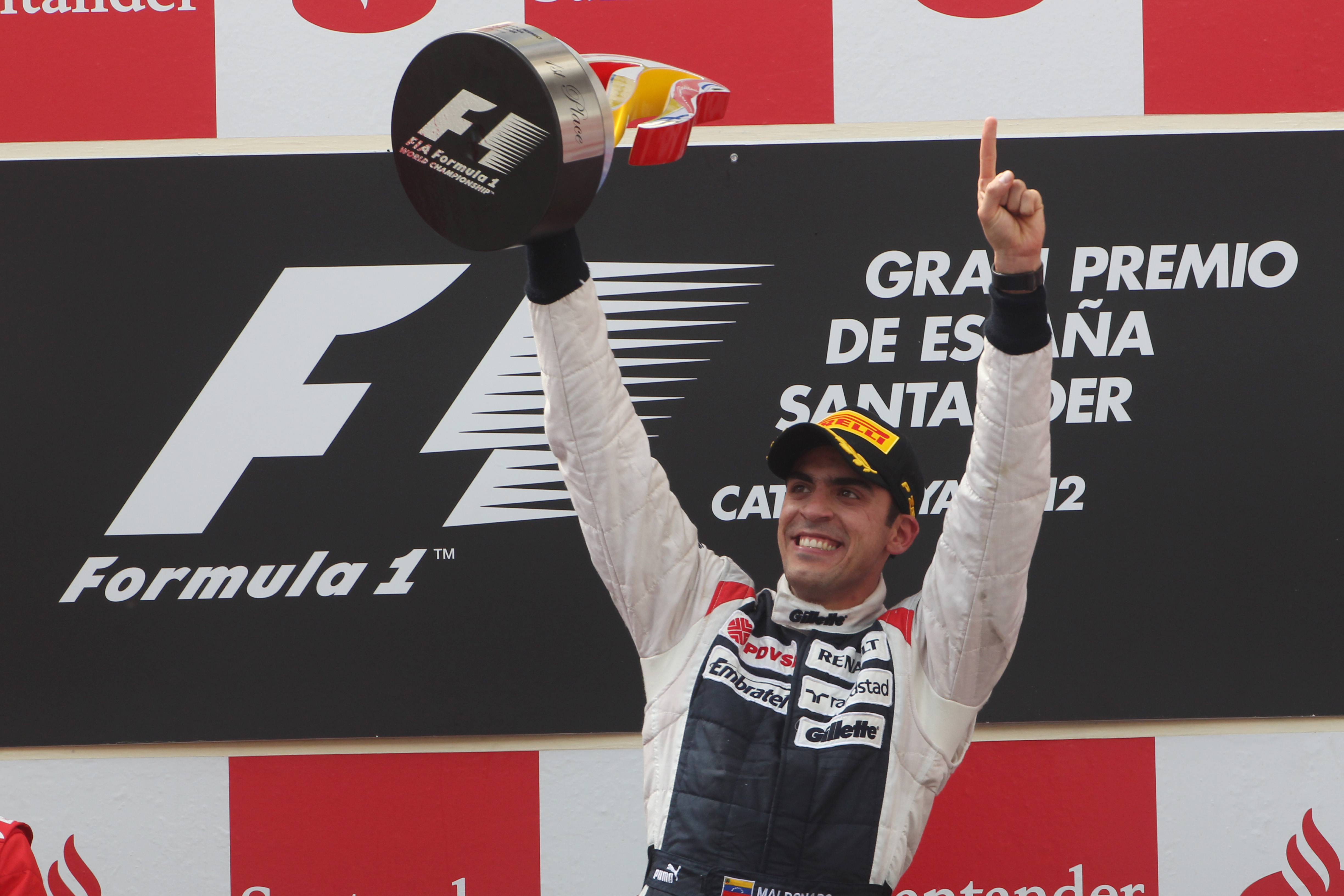
Your take may vary on whether Maldonado’s admission last year that he expected to end up at Ferrari in 2014 was endearing self-belief or tone-deaf self-aggrandisement, but it’s hard to argue that it was seen as anything other than preposterous.
As of now, ‘Pastor Maldonado, Ferrari F1 driver’ can only be interpreted as a joke – a potentially topical joke in light of the recent Sebastian Vettel news, but an obvious joke nonetheless. And yet there were times, however brief, during his 2011-15 F1 career where you could see it if you squinted really hard.
Certainly, approximately eight years ago, to posit ‘Pastor Maldonado, Ferrari F1 driver’ would’ve almost felt reasonable. And that was of course because around this time in 2012 was when the Venezuelan was heading to the Monaco Grand Prix one of the expected frontrunners, having driven a bewildering Spanish GP to see off Fernando Alonso and convert a pole position into a win, his Williams team’s first in nearly eight years.
The carbon fibre-littering tendencies were of course already very much on display by that point, but so too were occasional glimpses of prodigious pace. And after Barcelona the sky looked the limit.
We know now that the sky wasn’t the limit, that the limit was in fact Barcelona, and that Maldonado’s F1 career would never come anywhere near the same heady heights.
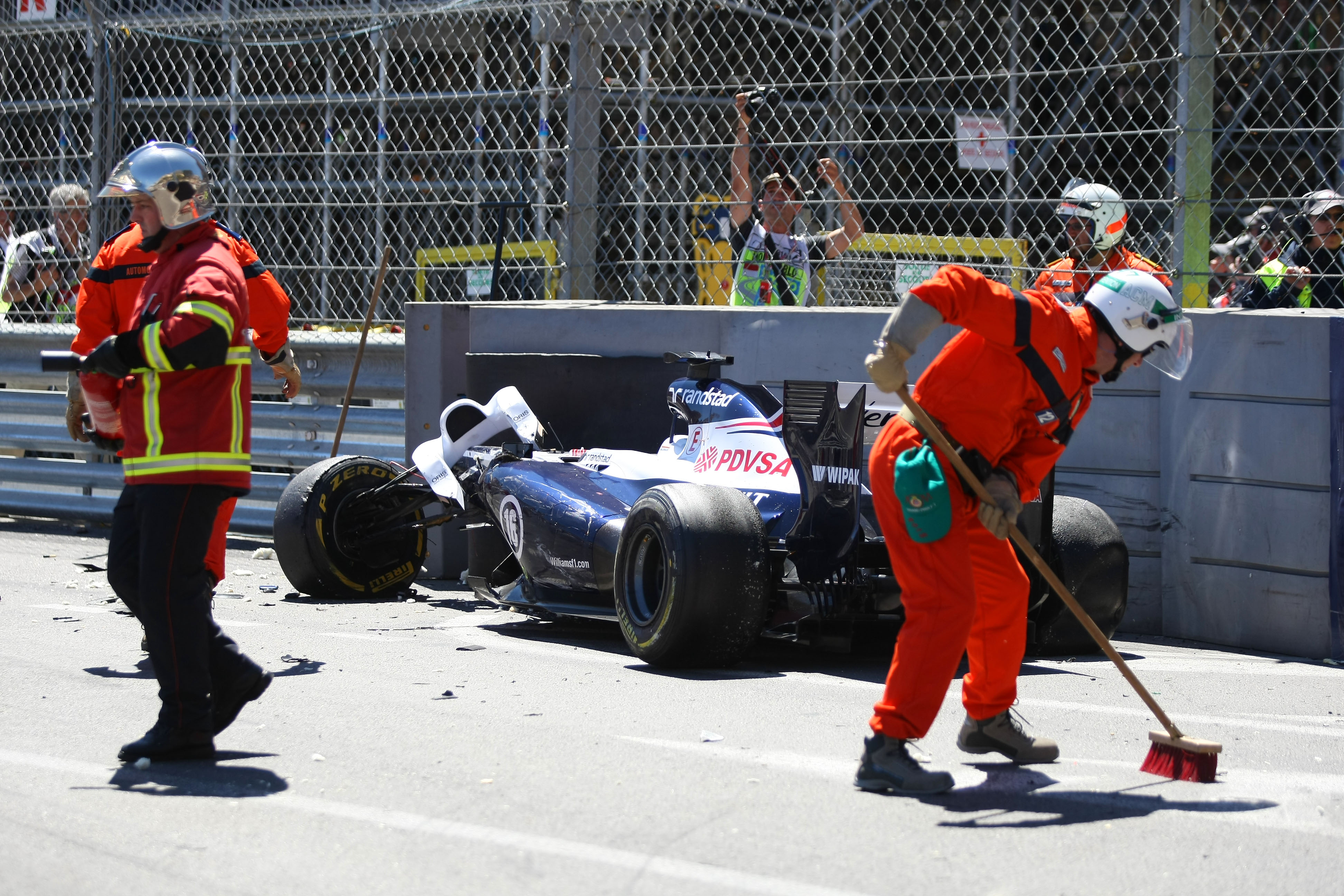
Not only that, the rest of it seemed to very much overshadow that Spanish GP, which is not most people’s first association when it comes to Maldonado. After all, when Max Verstappen calls his simracing pal Shane van Gisbergen ‘Pastor’, the interpretation is clear, and the banter needs no explanation.
But are the mistakes and the crashes and the PDVSA backing that saw off other contenders for his seats at Williams and Lotus the legacy Maldonado’s five-year F1 career really deserves? Let’s take a closer look.
After winning the 2010 GP2 title, quite convincingly but in what was already his fourth full season, Maldonado replaced the man he succeeded as GP2 champion at Williams – Nico Hulkenberg – and slotted in alongside Rubens Barrichello in the team’s 2011 roster.
The millions offered in sponsorship by the state-owned Venezuelan oil company PDVSA unquestionably facilitated both Maldonado’s bid to take over from Hulkenberg, and his subsequent five-year stint in F1, which yielded 95 grand prix stints across Williams and Lotus. The ‘pay driver’ tag therefore followed him throughout, fading during the flashes of promise but coming back in full force when the accidents occurred.
And, boy, did they occur. Even Maldonado’s most ardent supporters could have no pretences about his erratic nature, and the highlight reel of his accidents remains fresh in the memory of any avid F1 watcher from the first half of the past decade.
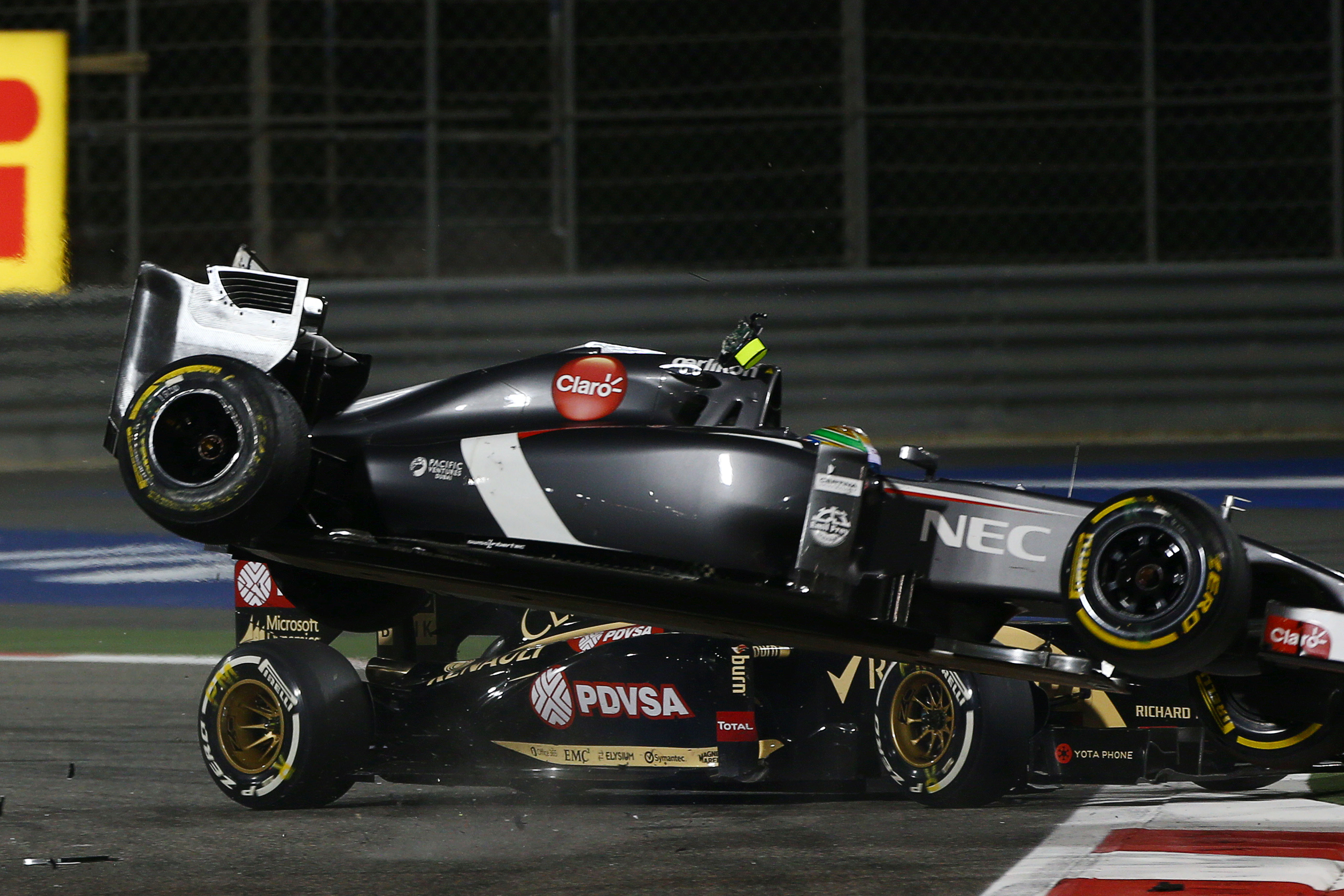
Whether it was sending Esteban Gutierrez airborne in Bahrain in 2014, swiping across Lewis Hamilton in Belgium in 2011, colliding with Hamilton a year later in Valencia or nearly shunting in China in ’14 while fiddling with his steering wheel, there was no shortage of trademark Maldonado moments.
Research for this article turned up at least 40 major episodes that noticeably compromised Maldonado’s races and which, unless substantial mitigating factors went unsaid, he was predominantly to blame for.
Considering too that this excludes practice crashes, it is an inescapably large number, one that goes some way to explaining why Maldonado only once completed three successive races in the points.
And yet, what the stereotype doesn’t quite convey is just how many of these weren’t necessarily wheel-to-wheel blunders. There were blue flag penalties, there was a missed weighbridge call, there were safety car procedure penalties and there were several instances of pitlane speeding rearing their head from 2011 to 2015. You would think that sort of habit might be ironed out.
But it’s important also to note that as many dramas as Maldonado brought on himself, outside factors also made his F1 life extra eventful. On at least 27 occasions he saw his race either compromised or ended outright by things he could not control.
A fair few of those were simply being punted off, which tends to happen in the F1 midfield, and a big amount were reliability dramas. And while 2011-13 Williams and 2014-15 Lotus cannot be held to the same standard as frontrunning F1 outfits, it does offer some context to imagine a top driver like Hamilton going up against a similar level of adversity over five seasons, and just how big a deal that would be.
After five finishes between 19th and 14th in the standings, and seasonal points totals that read ‘1, 45, 1, 2, 27’, Maldonado was speared off by the out-of-control, damaged McLaren of Alonso in Abu Dhabi in 2015 and would never grace an F1 grid again, as sponsorship dried up and Renault proved all too happy to recruit Kevin Magnussen for the following season instead.
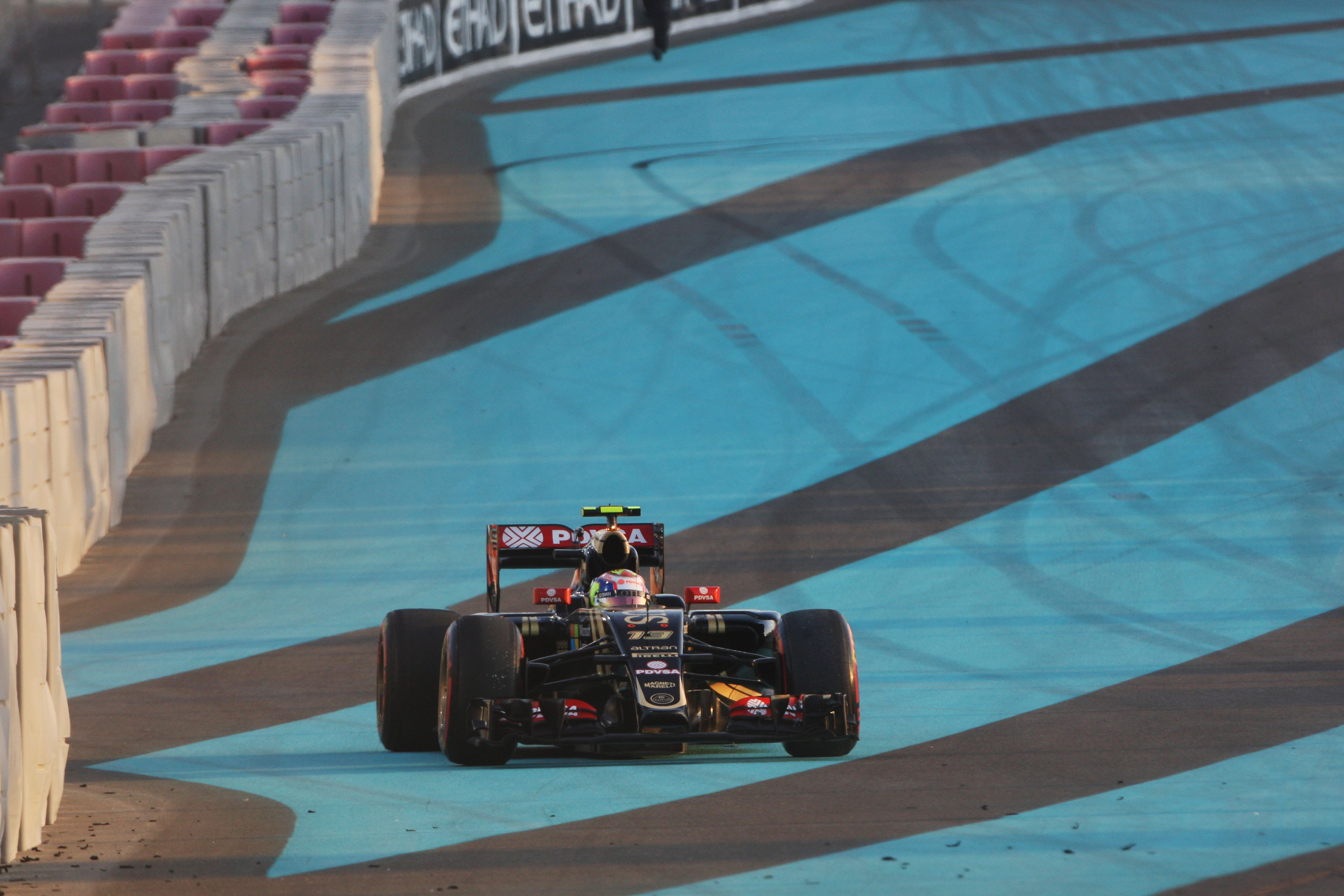
Assessing Maldonado’s ability purely by race results obviously paints an incomplete picture, as it does for any other driver in this machinery-dependent sport. And while Maldonado sampled a decent competitive range over five years, from the excellent Williams FW34 to the decidedly un-excellent Williams FW35, he didn’t cover the full gamut, never driving for a top team or a truly bottom-tier one.
As always, it’s performances compared to team-mates offer a more representative image. Maldonado began his career alongside a veteran grand prix winner in Barrichello, faced Bruno Senna, went up against a future grand prix winner in Valtteri Bottas and spent two years sharing a garage with Romain Grosjean. Amid all that, he also had Esteban Ocon, Charles Pic and Jolyon Palmer as his practice-only F1 squadmates.
For the purposes of this article, we’ve delved into each official grand prix weekend session contested by Maldonado, and looked at how the person in the other car fared. The analysis included every practice session and every qualifying segment – as, while it is true drivers aren’t incentivised to maximise laptime in practice or, depending how competitive their car is, Q1 and Q2, that data can still be informative.
Practice pace may be a somewhat unreliable predictor of outright performance among teams, but because F1 teams don’t tend to put their two drivers on massively different practice run plans the intra-team data is more representative. And Maldonado was usually not driving cars that he or his team-mate could afford to lap conservatively with in any qualifying segment.
Apart from chronicling who ended up ahead in every session where both cars took to the track, we’ve recorded the gaps – normalised to a base 100-second lap – and calculated the IQM (interquartile mean) by cutting off the top and bottom 25% of the range and averaging out the rest. This leaves some data on the table, but it’s a more unbiased approach than individually picking which sessions to count, and it avoids the average being skewed by outliers.
2011
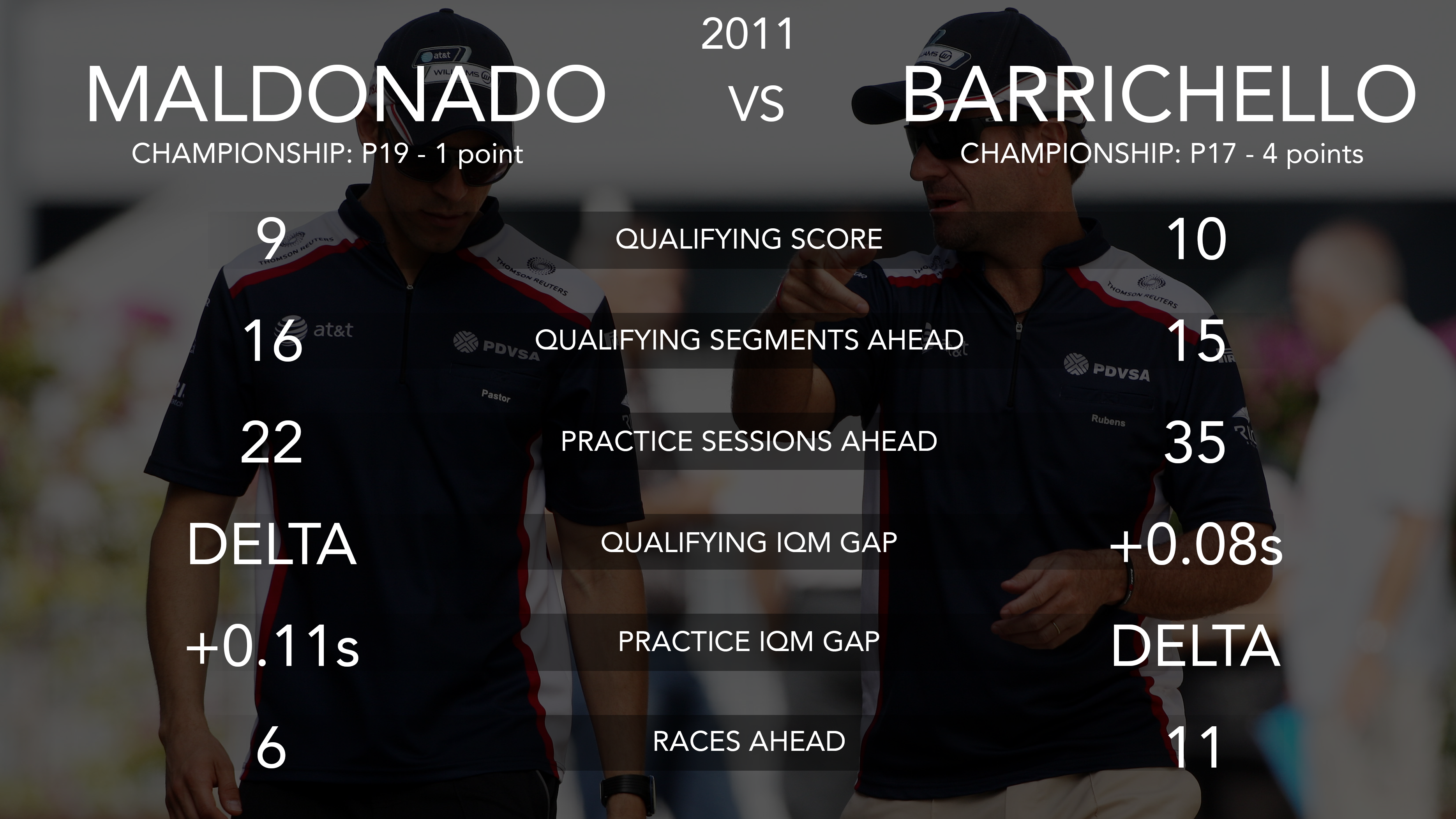
The car was clearly unspectacular, and he blotted the copybook big-time with a Hamilton Spa clash that many saw as unacceptable on-track retaliation, yet by and large 2011 was Maldonado’s most accomplished year – or at least his least wasteful.
Barrichello, an 11-time grand prix winner, has in title contention just two years prior and had dispatched Hulkenberg the year before. So while it’s plausible that Barrichello suddenly declined or found the ’11 car much less suitable, Maldonado deserved plenty of credit for looking every bit the part alongside the Brazilian, and for appearing in Q3 three times to Barrichello’s none.
He only narrowly lost the overall qualifying battle, was actually marginally quicker across the whole spectrum of qualifying segments, and though the errors were cropping up, Barrichello wasn’t super-tidy either as he too found the FW33 a handful.
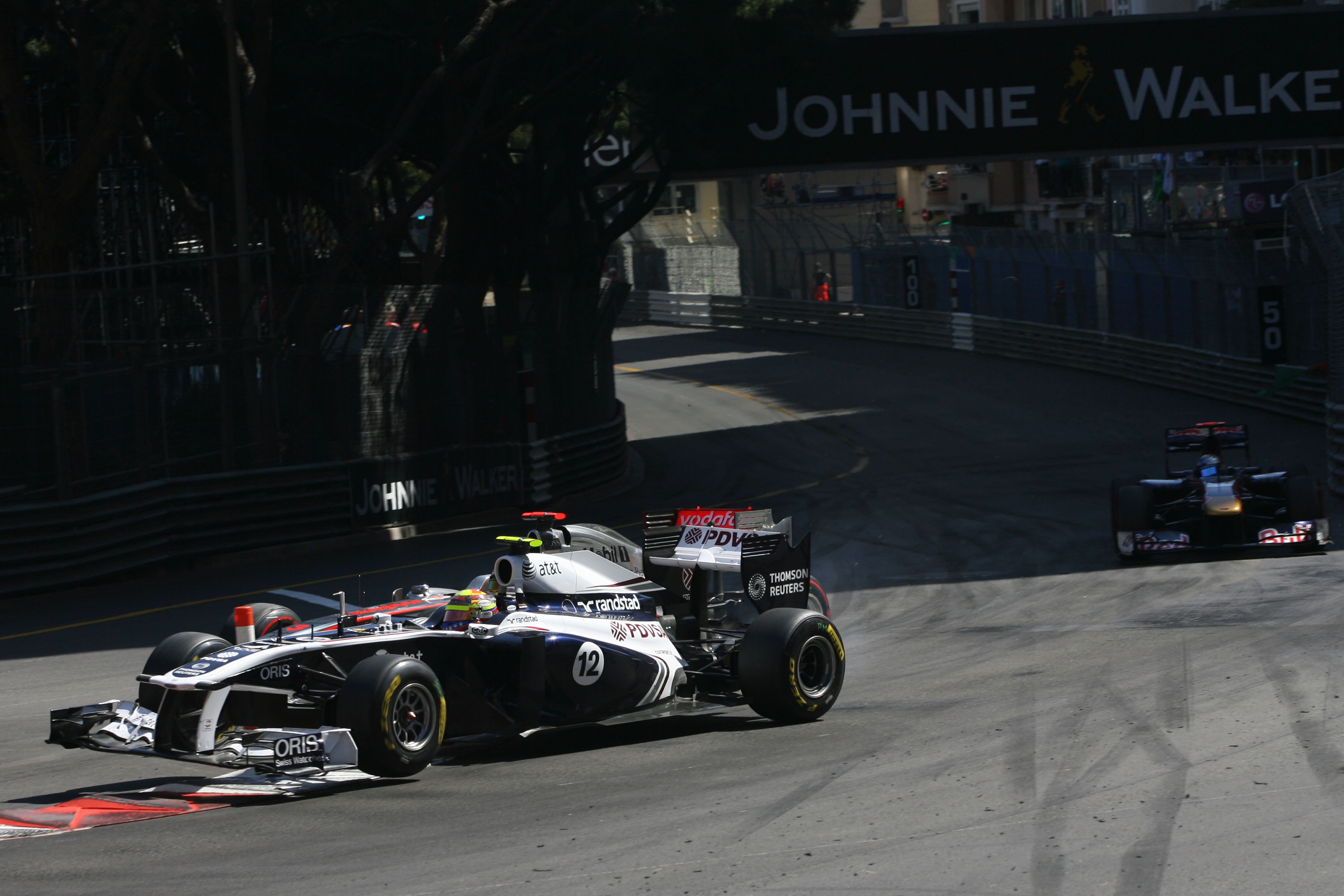
And then of course there was Monaco, a track where Maldonado’s GP2 record had been utterly brilliant. As counter-intuitive as that sounds, given he has never been known for precision and peak concentration, Maldonado clearly had a knack for the Principality, and showed it in F1 at his first opportunity.
In his debut Monaco GP, he was running fifth and on course for a points haul that would have all but certainly put him out of his team-mate’s reach in the standings, only to be hit off by Hamilton – one of several cases in which a genuinely top result was ripped away from Maldonado through no real fault of his own.
2012

When it comes to Maldonado’s 2012, everything dwarfs in comparison to the one top result that he managed to hang on to – and what a top result it was. Inhering pole position at Barcelona courtesy of Hamilton’s qualifying exclusion meant Spain was going to be the most important race of Maldonado’s career, and yet he never buckled, keeping composure when Alonso passed him off the line, regaining the lead during the pitstops and fending off the Ferrari to the end.
Whether it was Maldonado’s finest moment in the season is actually up for debate (more on that later), but it definitely was a low point for team-mate Senna, who endured a horrendous Barcelona weekend – from being nowhere near his team-mate’s pace and dropping it into the gravel in Q1, to being taken out by Michael Schumacher in the race.
Senna’s own junior record and glimpses of huge potential in F1 prove he was by no means untalented, but in terms of single-lap pace he was battered by Maldonado in 2012, struggling badly to maximise fresh-tyre grip. Race pace was often a different picture, and there were some properly good Sundays on Senna’s end, but the final gap to Maldonado being a mere 14 points was more down to just how many points were left on the table in the other side of the garage.
Much of those squandered scores were down to Maldonado. There was the needless clash with Hamilton while fighting for the podium in Valencia and a mind-numbing final practice collision with Sergio Perez in Monaco that snuffed out whatever momentum and goodwill had been built up a week and a half prior at Barcelona, along with a late shunt in Melbourne and a customary cavalcade of lower-profile errors.
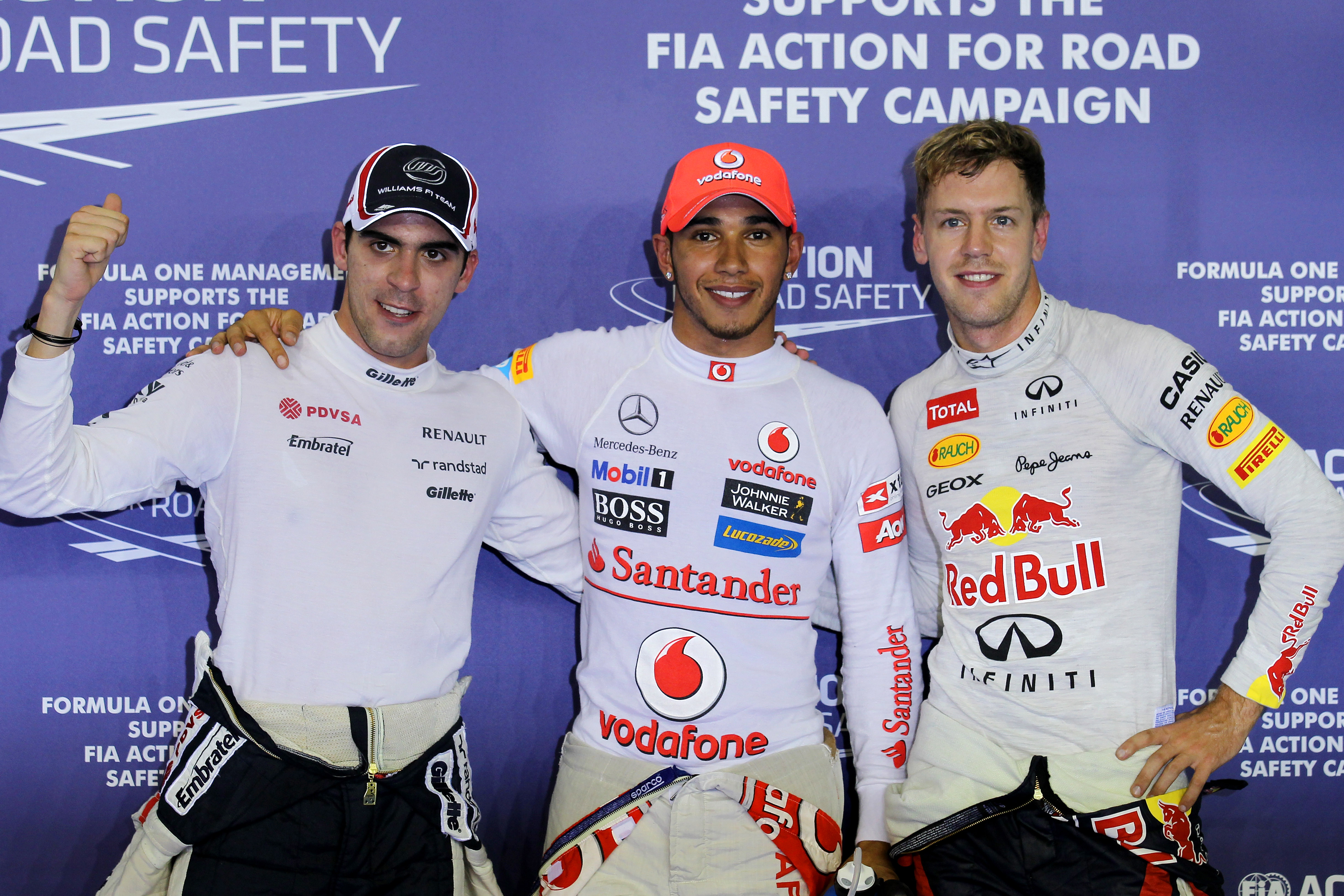
But equipment was responsible for some substantial dropped points as well. A front-row qualifying in Singapore was converted into no points thanks to a hydraulic failure, while KERS gave out in Abu Dhabi when he was running third – in what looked to be a Barcelona-rivalling showing.
And though moments like this make it clear the had his team-mate beat in 2012, his financial backing helped at least a little bit in that it meant Maldonado never had to give up his car in FP1 to Bottas – while the lesser-budgeted Senna opened his weekend on the sidelines on 15 separate occasions.
Yet those sessions also foreshadowed Maldonado’s 2013 quite nicely. Bottas right away looked capable of producing a comparable pace, ended six FP1s ahead and only trailed by a trimmed average margin of 0.22s overall.
2013

Maldonado being behind Bottas in qualifying sessions but ahead in races paints a slightly deceptive picture of the Venezuelan’s campaign, as if he’d reinvented himself as a more conservative but more reliable performer. This, of course, did not happen.
What did happen was that Bottas made great use of his 2012 preparation to emerge as Maldonado’s equal in terms of sheer pace nearly right away, yet also proved a considerably safer pair of hands.
Maldonado’s trump card – his occasional explosive pace – was dulled. He’d usually start the weekend with an edge over Bottas, only for the gap to vanish in time for the crucial moments in qualifying.
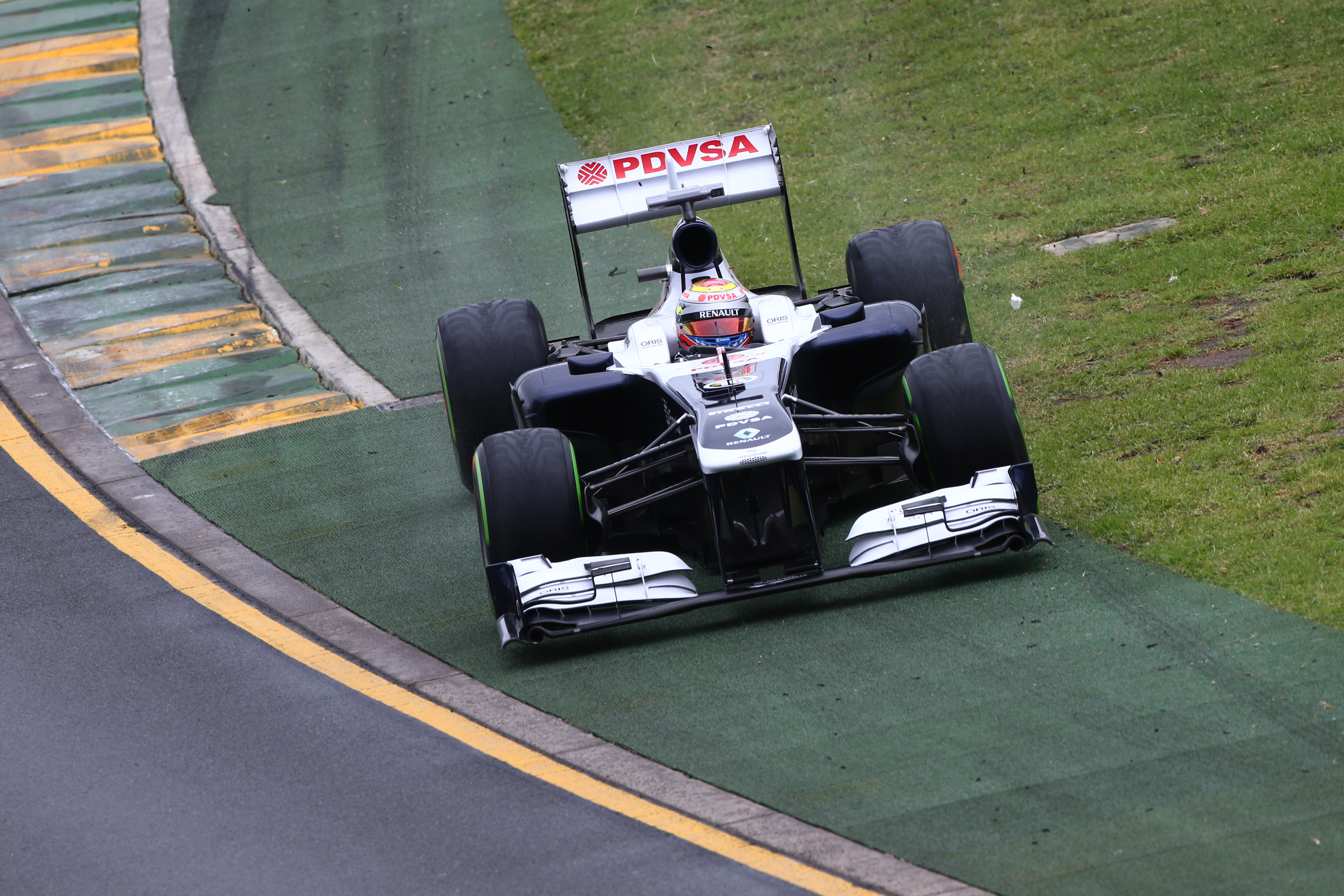
Of course, it also didn’t help matters that the FW35 was no good, a poorly-born car with what would prove to be a lasting Coanda-effect exhaust question mark. Maldonado called the car “impossible to drive” and “consistently bad” in Melbourne, and it didn’t seem to match his aggressive style.
But none of that excused a misguided late-season suggestion of sabotage on his side of the garage, or his claim that he gave Williams more than it had given to him. Even if Maldonado believed it, it was terrible optics to say so when juxtaposed with the extra work his accidents had saddled his mechanics with over the years.
2014

Initial comparisons to new team-mate Grosjean following Maldonado’s switch to Lotus at the start of the hybrid era were made complicated by the fact the twin-tusk E22 was barely functional at the start.
The Renault power unit was a bit of a train wreck reliability-wise early on in 2014, particularly in the E22, and the team would later admit a major error in the chassis design. A mid-season ban on front-and-rear interconnected suspension (FRIC) set Lotus back further, and the E22 never escaped backmarker status.
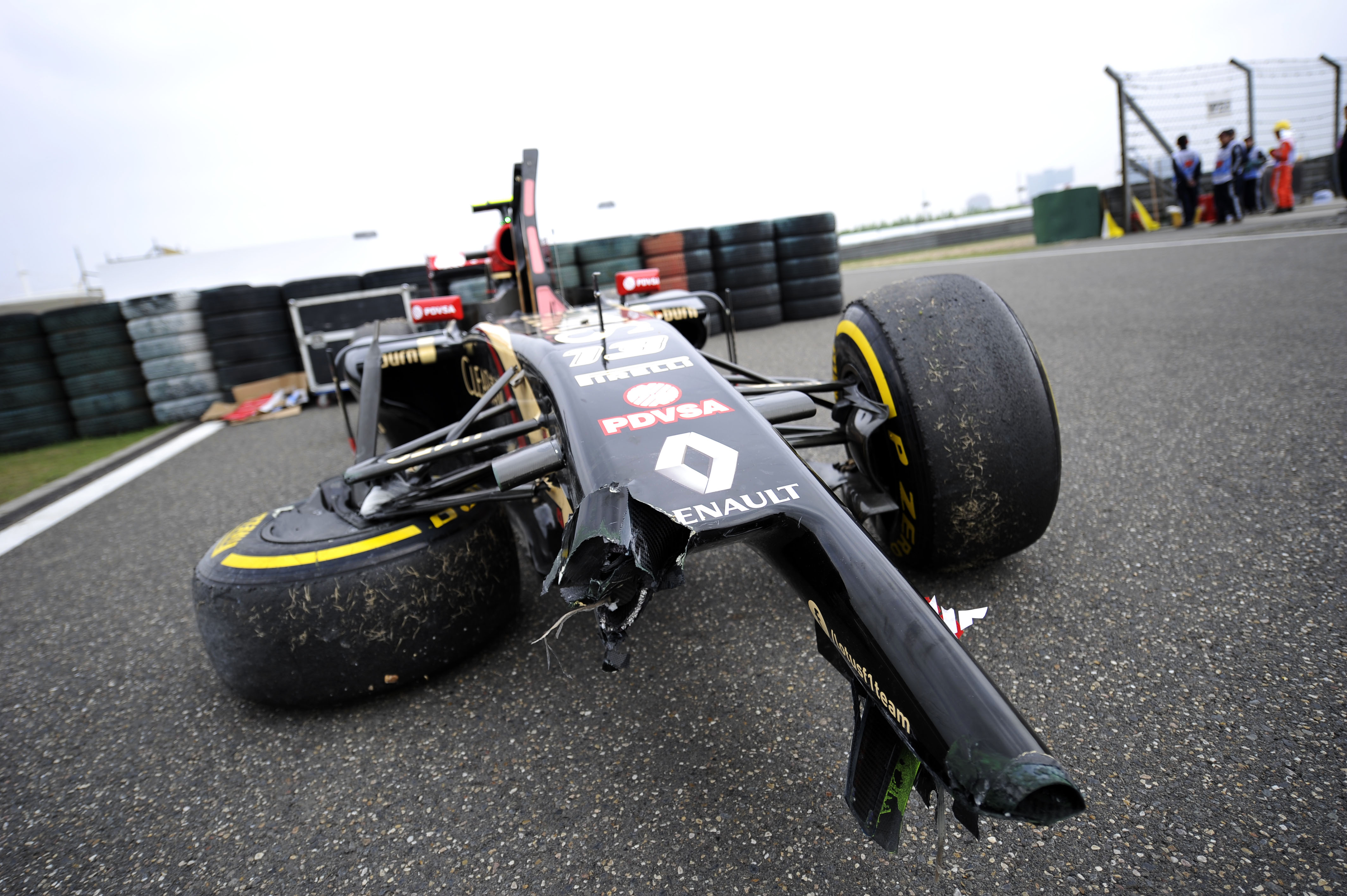
All the technical issues made driver performance almost secondary, but Maldonado’s usual error-proneness contributed to the headaches – with several practice crashes, race collisions with Gutierrez, Marcus Ericsson and Jules Bianchi and some avoidable procedure penalties.
And while some qualifying sessions were completely lost to tech problems, Grosjean – an underrated driver who was probably operating close to his F1 peak – clearly had Maldonado’s number in sheer one-lap pace, even though practice had suggested a much more even contest.
2015

The now-Mercedes-engined Lotus E23 was a considerably more competitive proposition, but only Grosjean made the most of it, his Spa podium a high point of his Enstone farewell.
Maldonado was perhaps tidier than usual in what would prove his final F1 season – although that still left room for a three-penalty Hungary race and a few needless collisions.
More worryingly though, the occasional blistering pace seemed to have more or less vanished. Though the average qualifying segment gap to Grosjean was smaller than the year prior, a final qualifying score of 2-17 was more damning. Modern F1 careers just aren’t built to survive that kind of performance deficit, and Maldonado’s was left on no legs to stand on once the sponsorship problems hit.
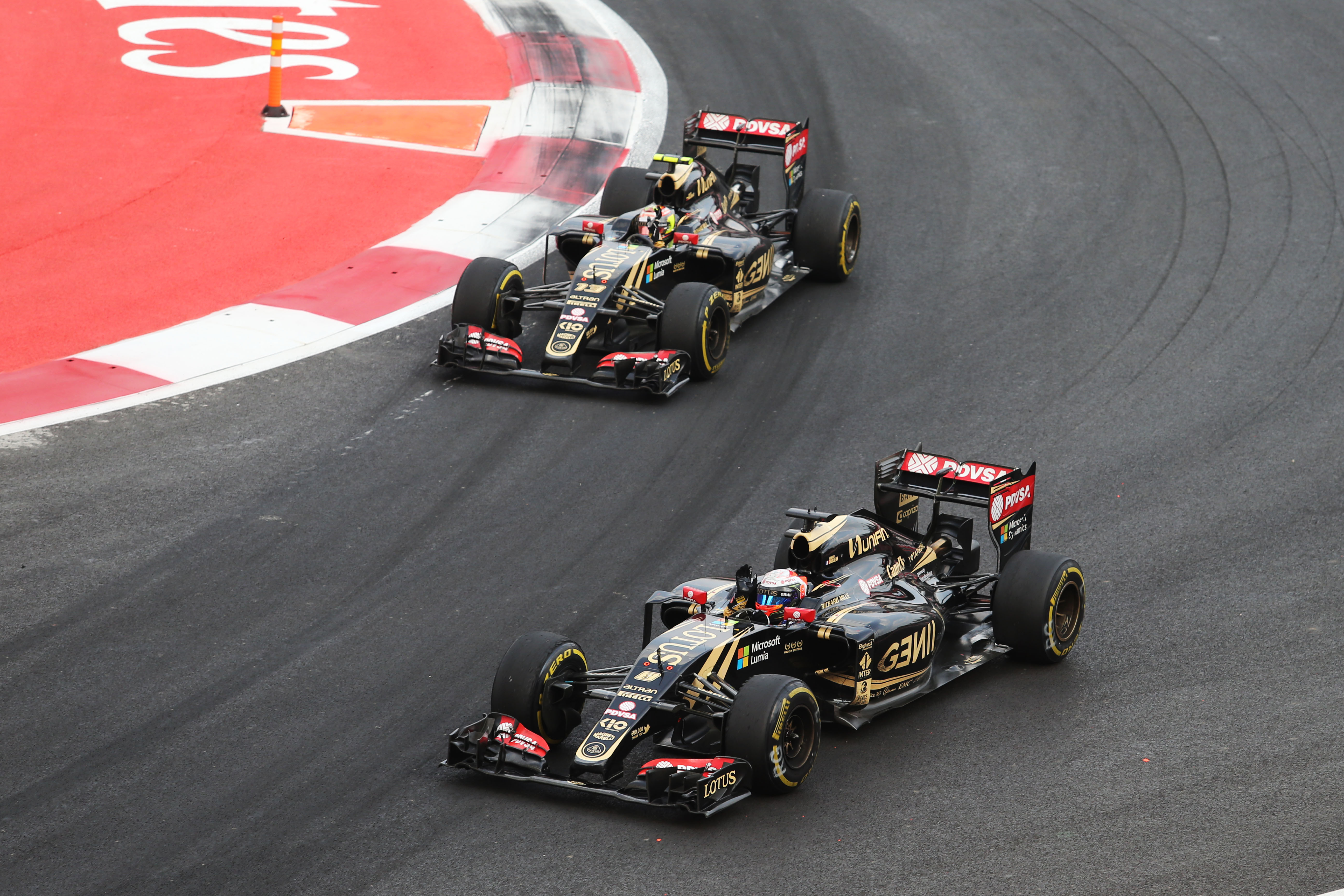
And that is before you account for the fact that it was Grosjean, not Maldonado, who yielded his E23 to Jolyon Palmer for 13 FP1s. But that mattered only for the practice comparison – Grosjean would naturally begin his weekend at a bit of a deficit to Maldonado, but much unlike Senna – who’d found himself in a similar situation – he almost always tipped the balance in his favour in time for Saturday.
Maldonado’s final two F1 races, in Brazil and Abu Dhabi, proved a microcosm of his Lotus stint.
In the former he’d clipped Ericsson and was rightly penalised, while in the latter he was smashed into by Alonso on the opening lap. And on the other side of the garage, Grosjean trumped him with a pair of superb drives.
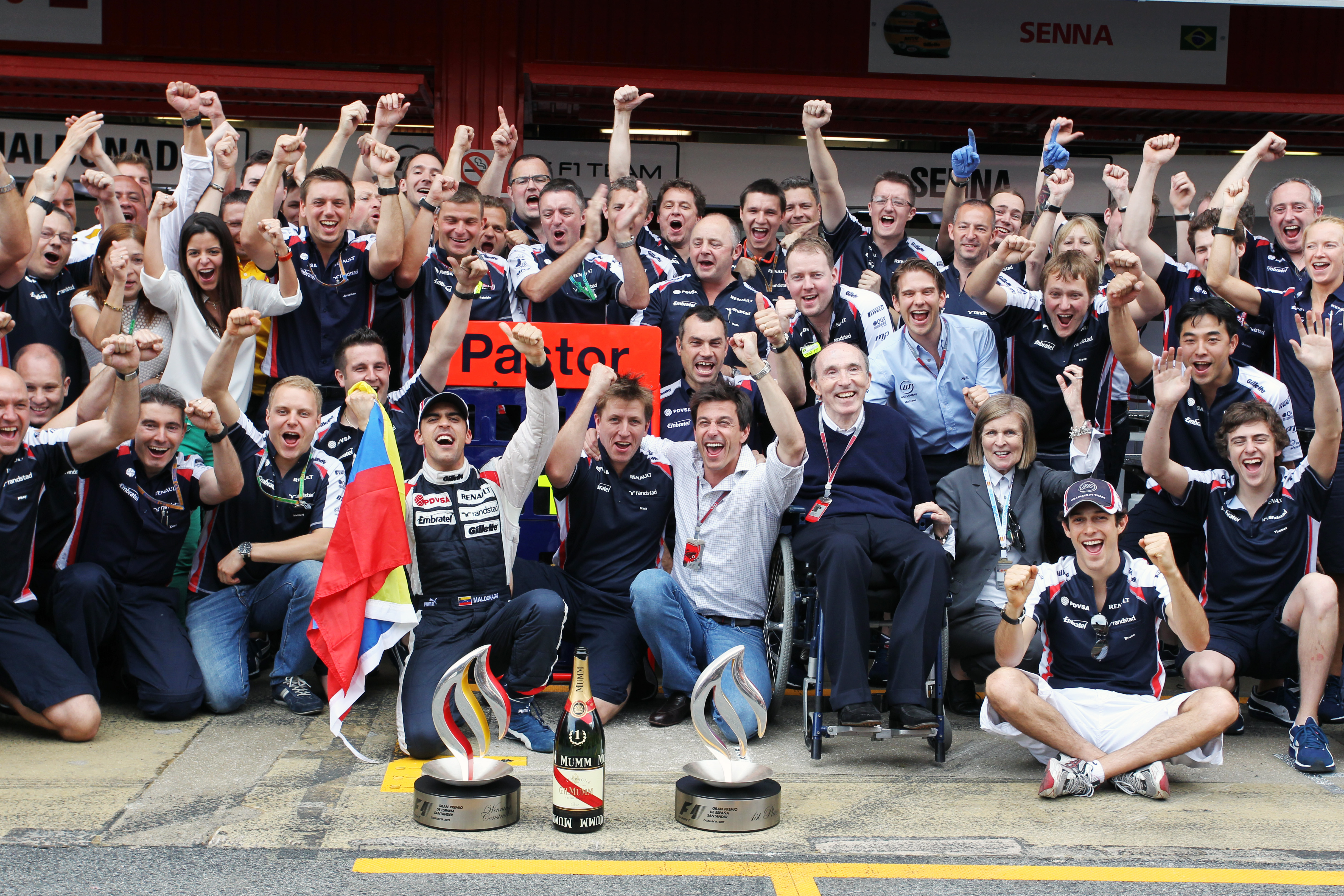
It is abundantly clear that without the financial package Maldonado would not have made it to five seasons in F1. It is just as clear that he was not untalented. Both of those statements are widely held as true.
But the Venezuelan’s F1 legacy being reduced to a punchline does not feel entirely fair. If he were tidier, on pure pace alone he would’ve probably represented a fairly sound investment for any mid-pack F1 team, albeit he clearly had a rather narrow operating window.
The crashing, of course, came at a financial cost when it came to points and accident damage – but that didn’t stop other accident-prone F1 drivers from becoming cult heroes of sorts. And Maldonado clearly wore his heart on his sleeve, and is described by paddock regulars as being quite amiable, so perhaps there is an alternate scenario were he became a cult hero himself, and not in the current running joke sense.
Then again, his underlying pace also made his errors more frustrating, and that frustration was exacerbated by a reluctance to publicly accept blame – a trait that admittedly almost all F1 drivers shared. The accidents with Hamilton in 2011 and Perez in 2012 helped paint him as wilfully dangerous, while when he alleged sabotage at Williams in 2013 public opinion was only ever going to side with the team.
He’d arrived in F1 with a soured reputation, too, having been adjudged to have ignored yellow flags in a severe accident that injured a marshal during a Formula Renault 3.5 race in Monaco.
Sportspeople can make up for the reputational damage something like this carries. Current MotoGP superstar Marc Marquez had a horrific cooldown-lap crash with Ratthapark Wilairot back in 2011 that could’ve become his defining moment, but clearly hasn’t. But of course, in terms of their respective accomplishments, Maldonado is no Marquez.
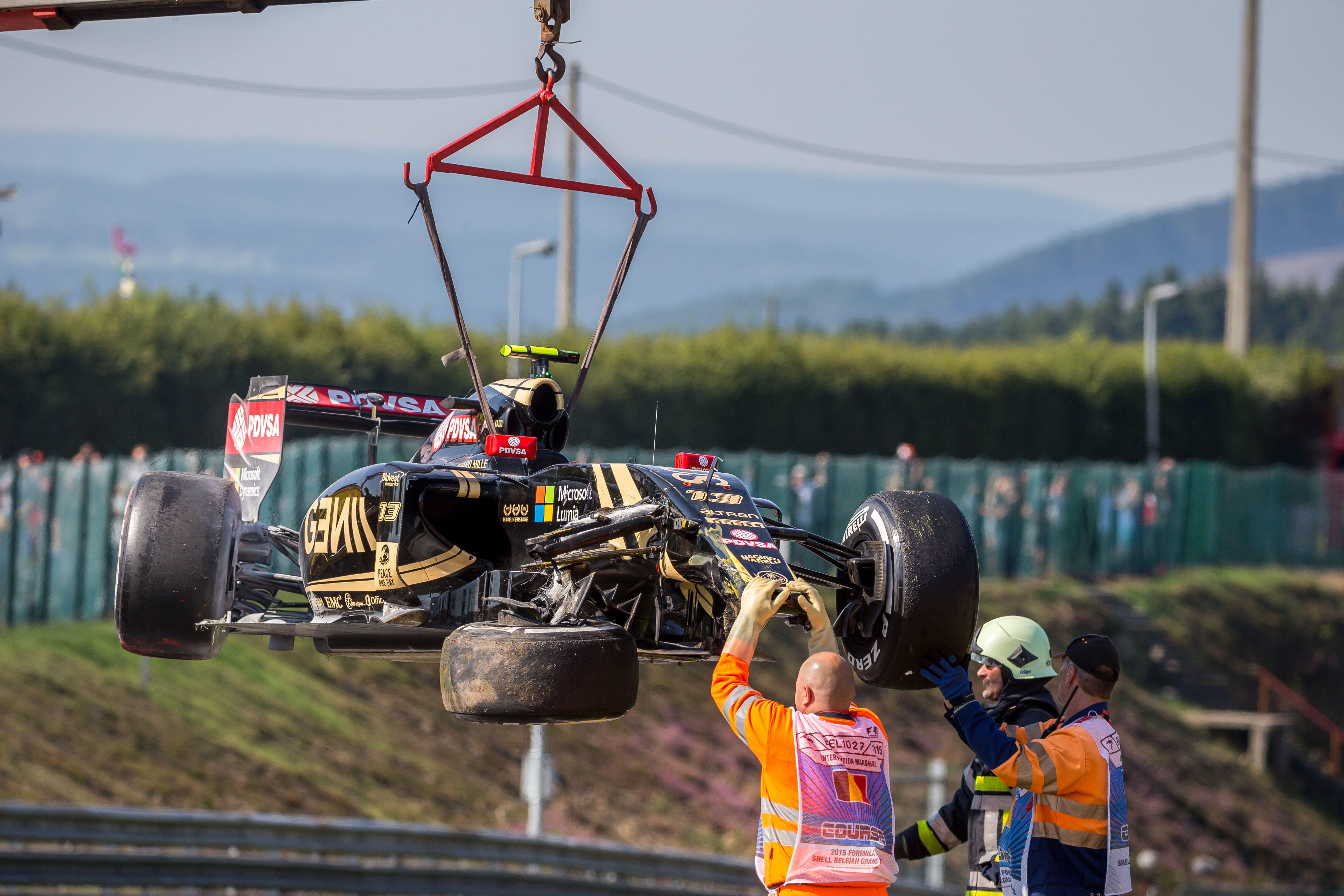
The PDVSA cash also did not help, reputation-wise. While many F1 drivers bring backing, being sponsored by a state entity – especially one that many had and continue to have very strong opinions on – is obviously a different matter.
But to paint him as one of F1’s worst-ever and a hopeless pay driver is wrong. Maldonado isn’t anywhere near the least capable grand prix starters, and on pure pace he had the vast majority of pay drivers in F1 history beat with ease.
A no-hoper doesn’t finish within the top six in their three full GP2 season, or bag class wins at the Daytona 24 Hours and the 6 Hours of Spa. And, of course, a no-hoper doesn’t win an F1 race.
Maldonado’s results didn’t merit staying in F1 beyond five years, and he should’ve made more of his underlying pace. And there were certainly less financially fortunate drivers on the grand prix grid that had similar or more potential but got a much shorter time to show it in.
Yet there’s also nothing in the numbers that suggests Maldonado didn’t warrant being an F1 driver, or that his F1 career should be remembered in a particularly negative light.




